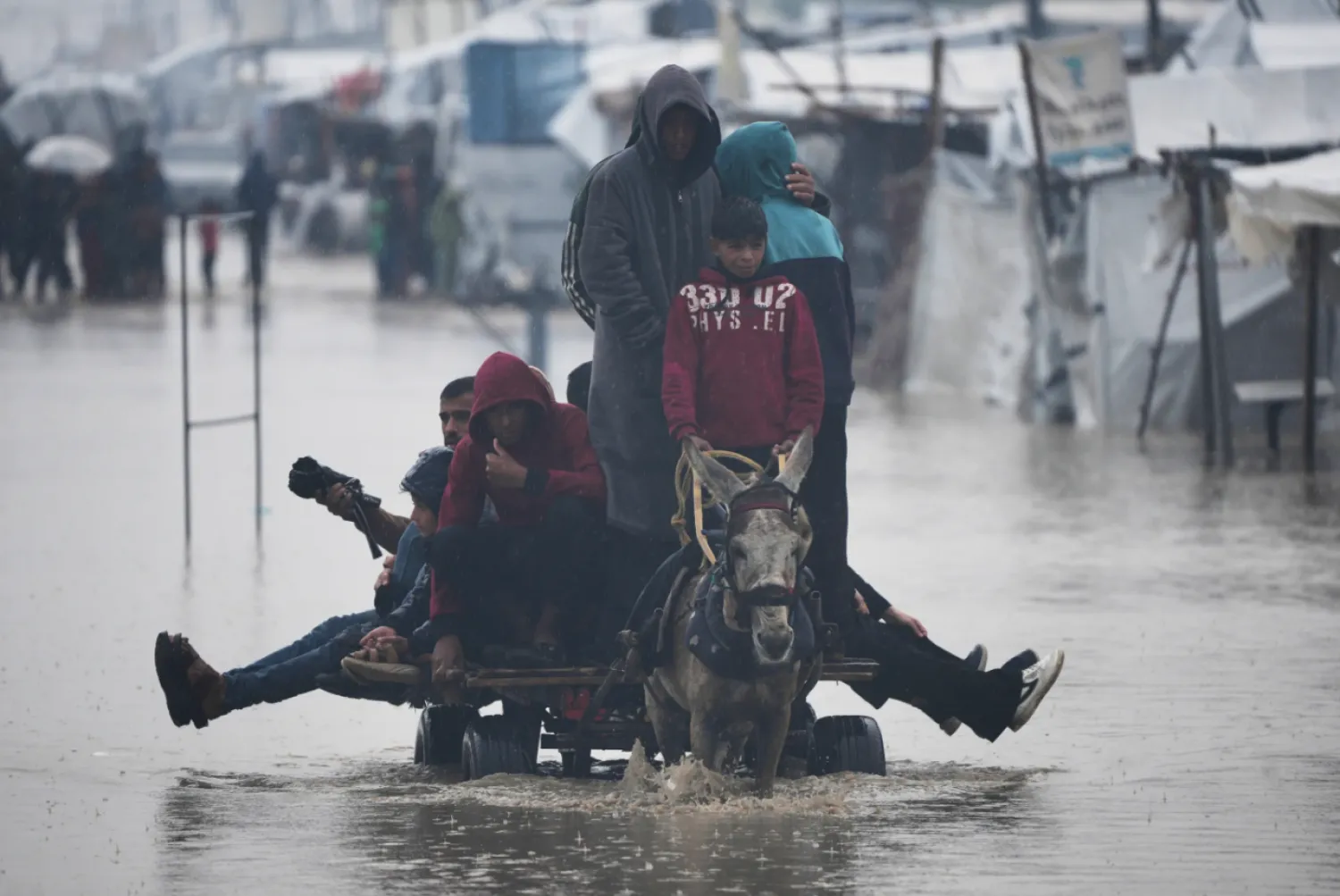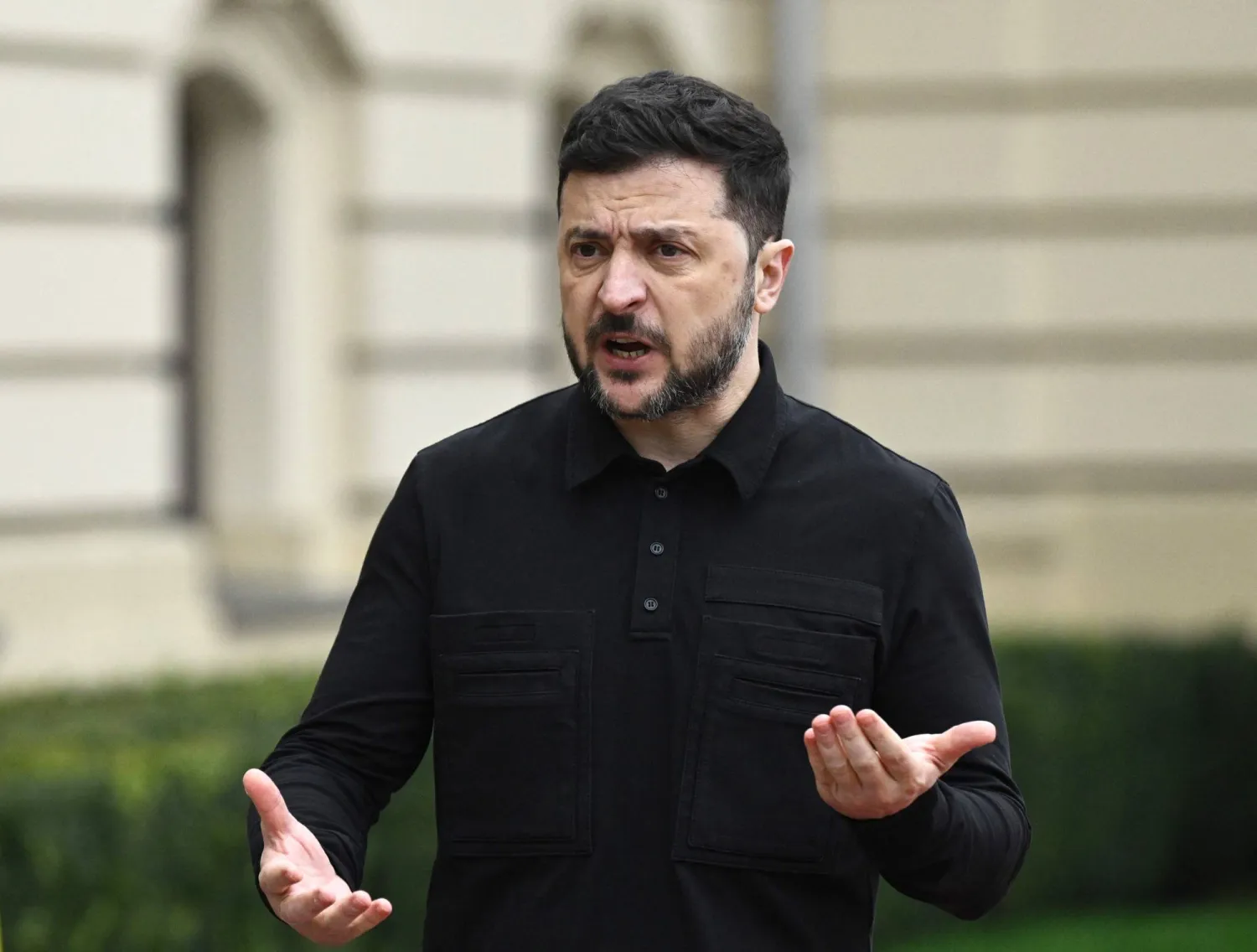Iran's missile barrage this month against Israel, after a similar large-scale attack in April, shows the value, as well as the shortcomings, of US and allied missile defenses in a potential Indo-Pacific conflict with China, analysts say.
Although differences between the two scenarios limit the lessons that can be learnt, the nearly 400 missiles of different types that Iran has fired at Israel this year offer the United States and China some idea of what works and what does not.
For Washington, the main takeaway from Iran's Oct. 1 attacks - the largest sample yet of ballistic missiles fired against modern defenses - could be that Beijing's missiles would be more difficult to intercept than Iran's and that the ability to strike back would be needed to deter a mass attack, said Collin Koh of the S. Rajaratnam School of International Studies in Singapore.
"If we look purely through the lenses of deterrence, no longer can one pin hopes on deterrence by denial only - that is, the hope that effective defenses can blunt the efficacy of missile strikes," Koh said. "Deterrence by punishment might have to become normative going forward."
There is no immediate threat of missile conflict in the Indo-Pacific region. The distances, thousands of kilometers, are greater than in the Middle East. China's weapons are more advanced, including maneuvering warheads and precision guidance. And the target areas are scattered across the region, making a massed attack more difficult.
China's military launched a new round of war games near Taiwan on Monday, saying it was a warning to the "separatist acts of Taiwan independence forces". A Taiwan security source said there were so signs so far of any missile launches.
The United States has developed and deployed new weapons in the region this year to counter China, including the AIM-174B air-to-air missile and the ground-based Typhon missile battery in the Philippines, which can launch SM-6 and Tomahawk missiles.
The US Indo-Pacific Command and China's Ministry of Defense did not immediately respond to requests for comment.
CHINA'S MISSILES LONGER-RANGE, LESS ACCURATE
On the other hand, simply being better informed about how offensive and defensive systems perform after Iran's missile fusillades - many were intercepted - may reduce the chance of conflict, said Ankit Panda of the US-based Carnegie Endowment for International Peace.
"Any military force planning long-range missile strikes will need to plan around the possible effects of missile defenses," Panda said. "Of course, without clarity on how well a given missile defense system might perform, this could lead to massive escalation."
Israel's layered air and missile defenses - from its long-range Arrow systems to the Iron Dome shield meant to handle slower, less complex threats - are tailored to the threats it faces: guided ballistic missiles from powers such as Iran mixed with unguided rockets launched from just over Israel's borders.
The picture is much different in the Indo-Pacific region for the US and its allies, which use the Lockheed Martin and Raytheon Patriot, THAAD and sea-based Aegis systems for missile defense.
The accuracy of China's DF-26, its most numerous conventional intermediate-range ballistic missile, is estimated to be as good as 150 m (500 feet), according to the Center for Strategic and International Studies' Missile Defense Project. Its DF-21 is shorter-ranged, though some variants have an accuracy of 50 m.
Both can hit most US and allied targets in the region. The DF-26 can reach Guam, the site of major US military facilities. The Pentagon has estimated that China may have several hundred of the missiles.
By contrast, Iran's missiles such as the Fattah-1 are theoretically more accurate - within tens of meters - but are much shorter-ranged. The number of these newer missiles is not public, but US Air Force General Kenneth McKenzie told Congress last year that Iran had more than 3,000 ballistic missiles of all types.
China's capabilities outstrip Iran's in other ways, said Malcolm Davis, a senior analyst at the Australian Strategic Policy Institute. Missile attacks would most likely be coordinated with anti-satellite strikes and cyberwarfare, both designed to complicate defense.
"Western (integrated air and missile defense) systems in the Indo-Pacific would have a much tougher time defeating a large Chinese missile strike, comprising hundreds or even thousands of missiles, compared to what the Iranians are capable of," Davis said.
Lessons from Iran Missile Attacks for Defending against China's Advanced Arsenal

A transport vehicle carrying missiles and various munitions is seen at Hsinchu Air Base in Hsinchu, Taiwan October 14, 2024. REUTERS/Tyrone Siu

Lessons from Iran Missile Attacks for Defending against China's Advanced Arsenal

A transport vehicle carrying missiles and various munitions is seen at Hsinchu Air Base in Hsinchu, Taiwan October 14, 2024. REUTERS/Tyrone Siu
لم تشترك بعد
انشئ حساباً خاصاً بك لتحصل على أخبار مخصصة لك ولتتمتع بخاصية حفظ المقالات وتتلقى نشراتنا البريدية المتنوعة







